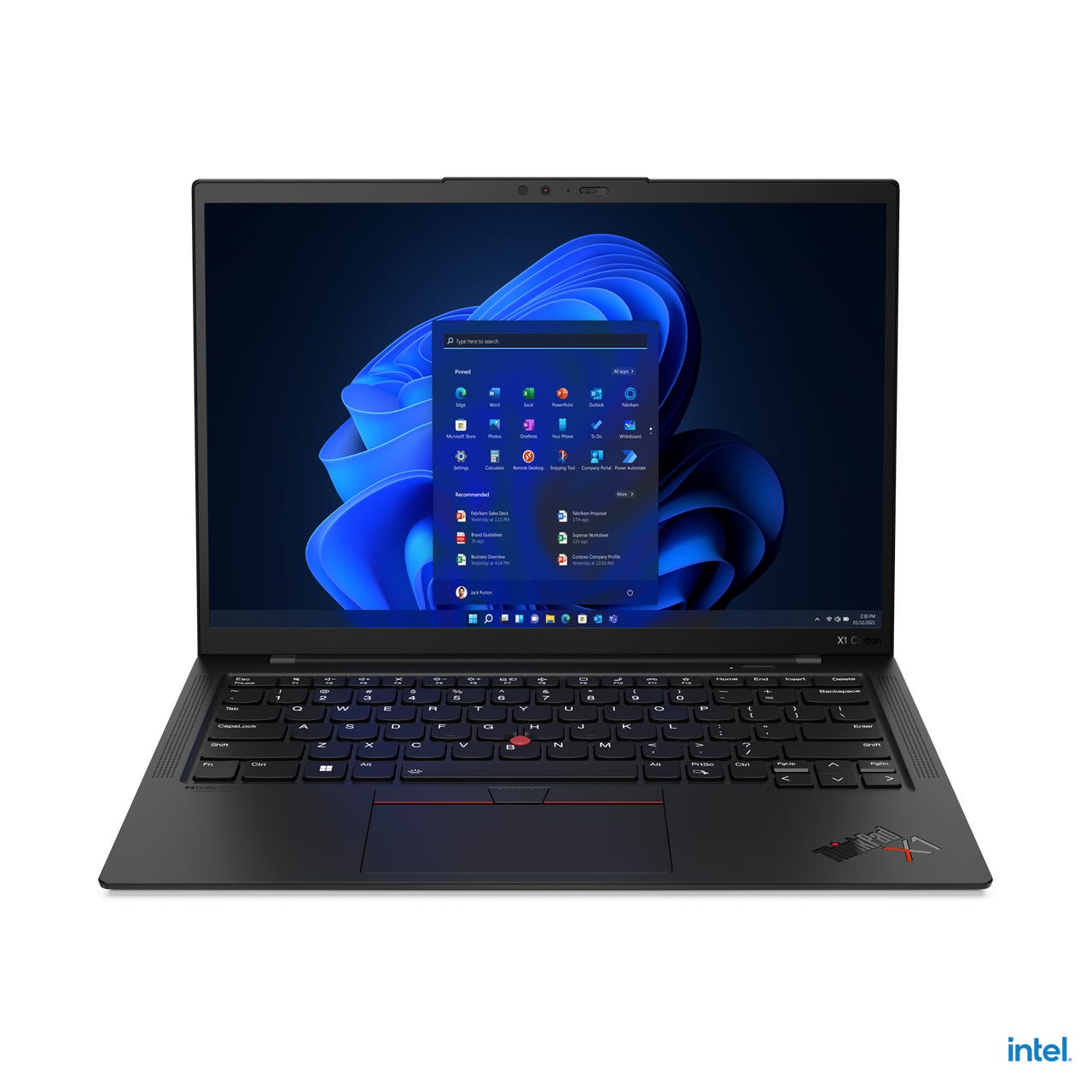
































Lenovo new ThinkPad X1 laptops include the X1 Carbon 10th Gen.
LenovoLenovo on Wednesday unveiled the ThinkPad X1 family of laptops, designed for hybrid workers and professionals who need high-quality audio and video capabilities for to collaborate and communicate.
The new devices include the X1 Carbon 10th Gen, X1 Yoga 7th Gen and X1 Nano 2nd Gen.
Key features of the new devices include a newly-designed communications bar that houses a superior quality lens and camera, as well as quad-array 360-degree far-field microphones. Lenovo has also added Dolby Voice with its latest noise-cancelling technology.
"It almost goes without saying, but video conferencing software has limited value without the underlying hardware to provide good, noise-free, data streams -- quality lenses, camera sensors and microphone hardware are all critical to a great remote experience," Lenovo VP Jerry Paradise said in an email toZDNet. "We've all been on calls over the last 20 plus months where the flow of the meeting is disrupted because someone's audio is breaking up or their camera is not of the quality needed to see them well or what they are trying to demonstrate."
The devices are powered by the latest Intel vPro with 12th Gen Intel Core processors and Windows 11. Meanwhile, Lenovo's ThinkShield security is complemented by new Computer Vision (CV) technology that improves user presence detection for what Lenovo calls "smarter" privacy.
The computer vision technology available in select models of the latest ThinkPad X1's uses a Neural Processing Unit (NPU) that generates metadata from the integrated camera based on known recognition and AI algorithm modeling. The NPU is a CrosslinkNX-17 FPGA with sensAI technology and has been co-engineered with Lattice Semiconductors.
The technology offers Human Presence Detection that recognizes humans and their intention to use the PC instead of a passing colleague in the office or a cat at home. Consequently, it will only wake up and unlock for them.
To save power, the computer vision can also turn off or dim the display when the user looks away from the monitor for a preset amount of time, improving energy efficiency and adding an extra layer of privacy while working in public places.
 Tags quentes :
Tecnologia
Nosso processo
Computação
Pcs
Tags quentes :
Tecnologia
Nosso processo
Computação
Pcs